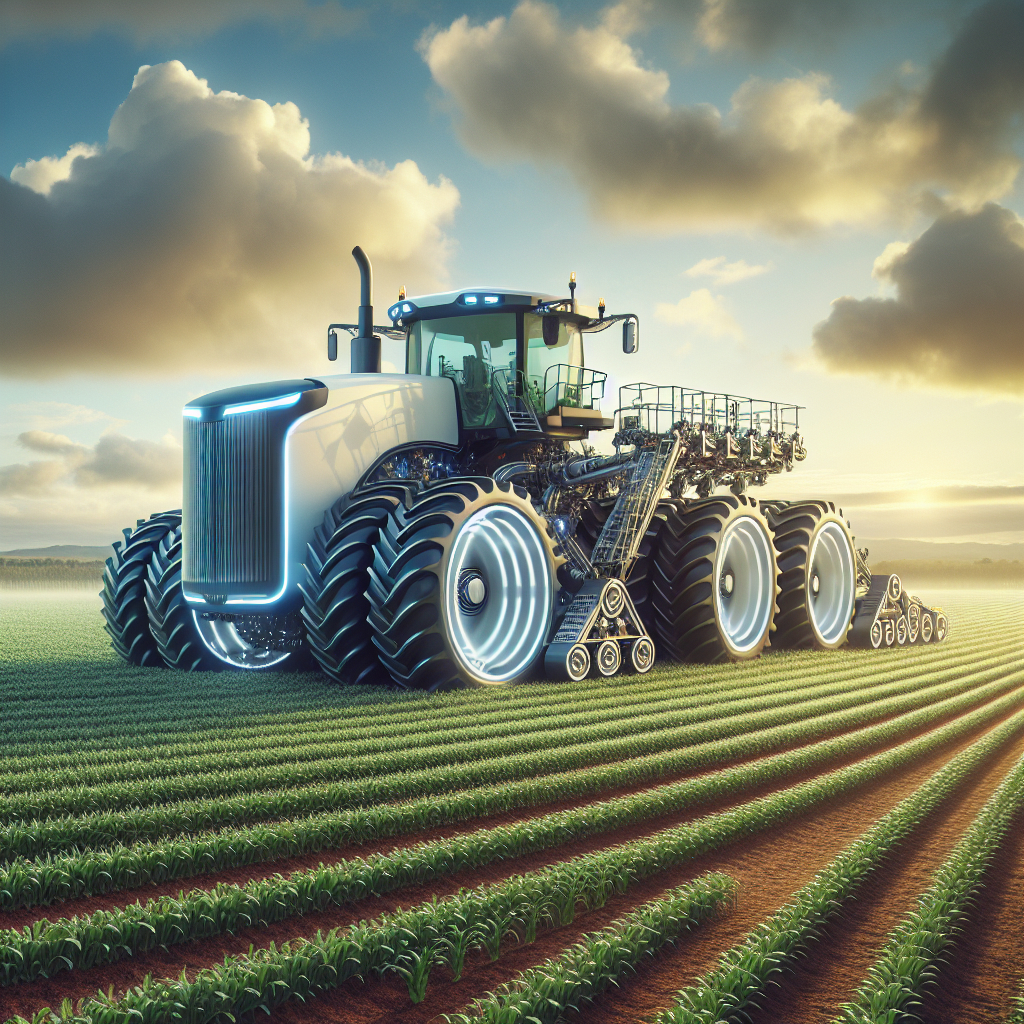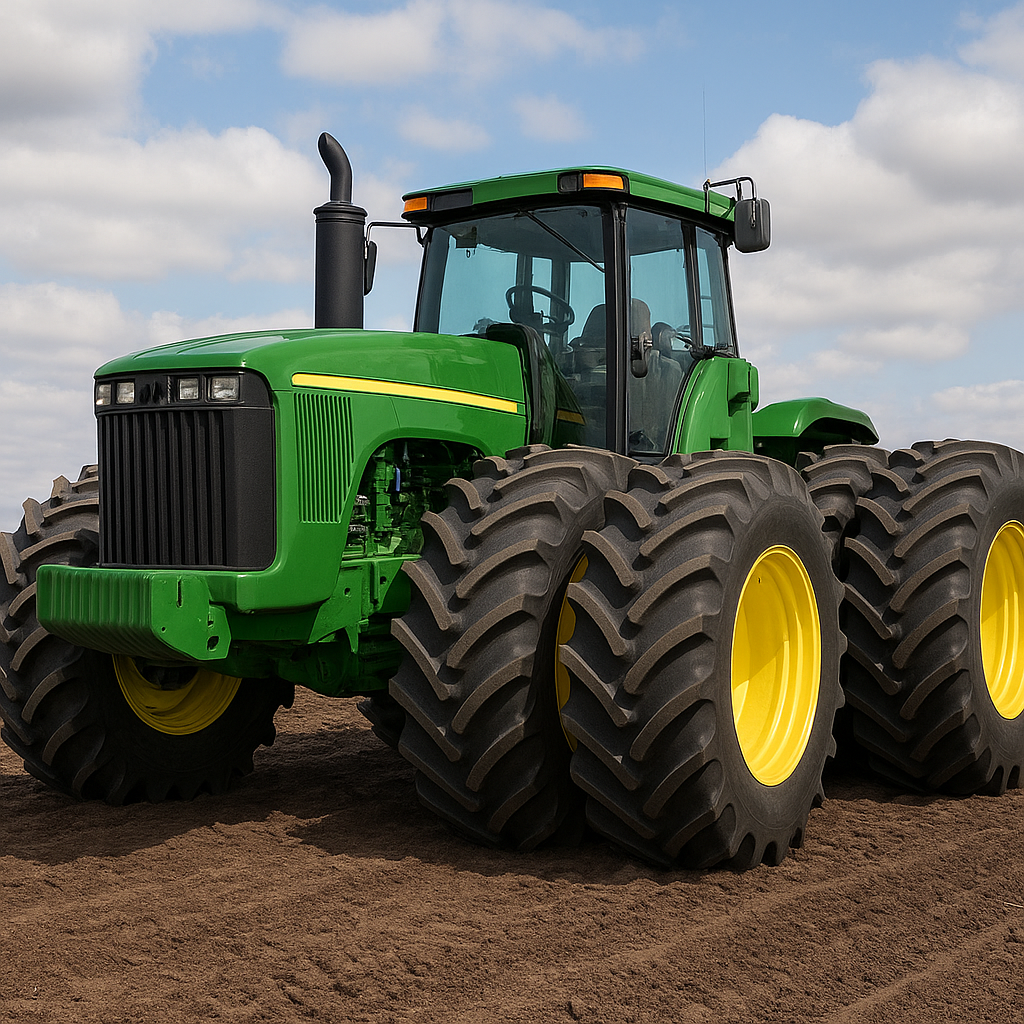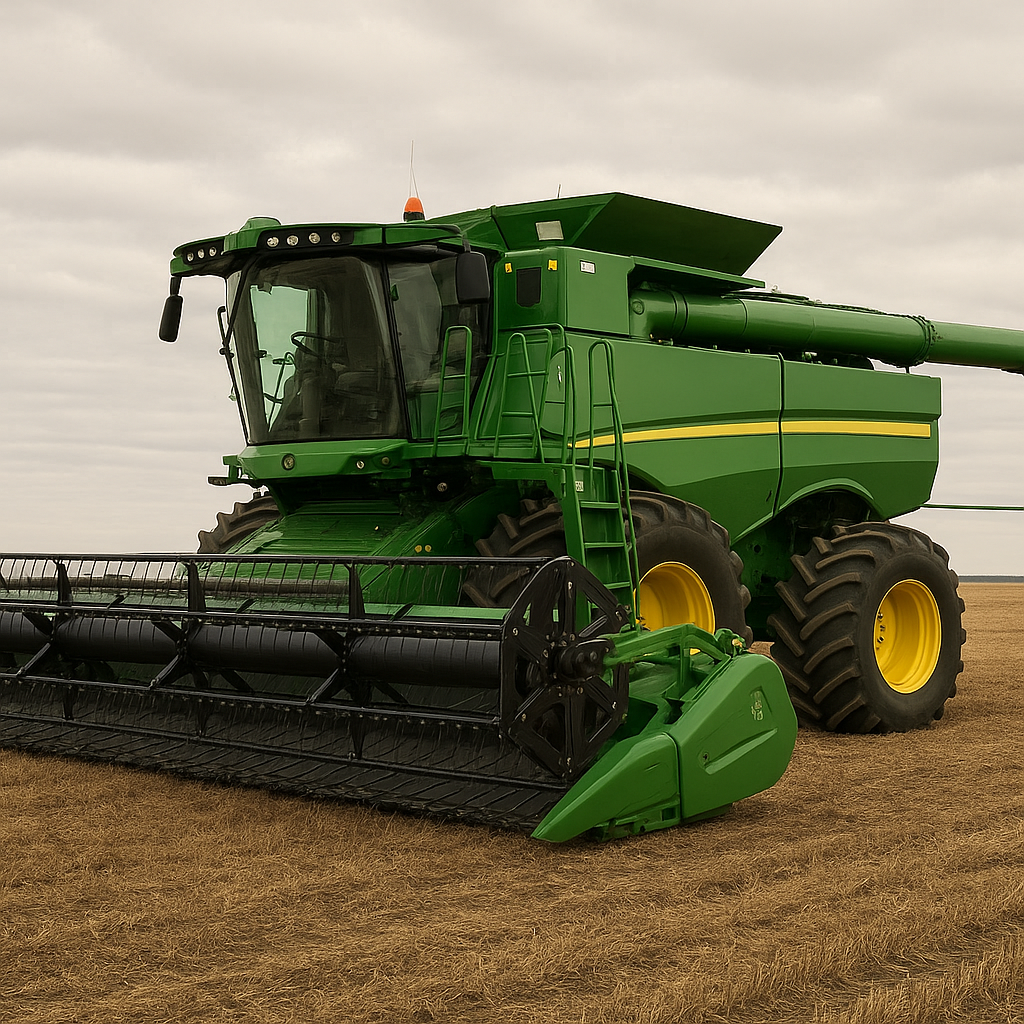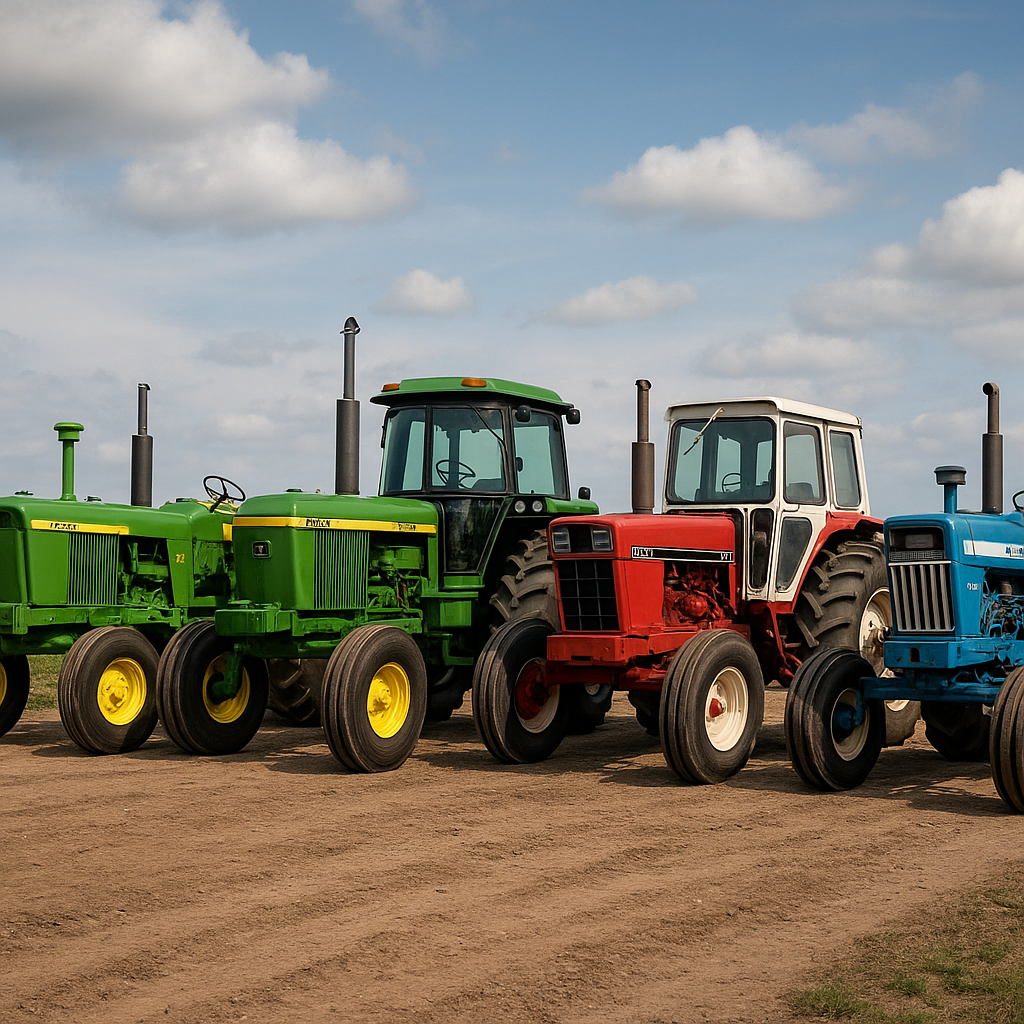The Future of Tractor Automation: What’s Next for Smart Farming?
Tractor automation is revolutionizing the agricultural industry, offering unprecedented levels of efficiency, precision, and productivity. As technology continues to advance, the future of smart farming looks increasingly promising. This article delves into the latest developments in tractor automation and explores what the future holds for this transformative technology.
Advancements in Tractor Automation
In recent years, tractor automation has seen significant advancements, driven by the integration of cutting-edge technologies such as artificial intelligence (AI), machine learning, and the Internet of Things (IoT). These innovations are enabling tractors to perform a wide range of tasks autonomously, from planting and harvesting to soil analysis and crop monitoring.
Artificial Intelligence and Machine Learning
AI and machine learning are at the forefront of tractor automation, allowing machines to learn from data and improve their performance over time. These technologies enable tractors to make real-time decisions based on various factors, such as soil conditions, weather patterns, and crop health. For instance, AI-powered tractors can optimize planting depth and spacing to maximize yield, while machine learning algorithms can predict pest infestations and recommend targeted treatments.
Internet of Things (IoT)
The IoT is another critical component of tractor automation, connecting tractors to a network of sensors and devices that collect and share data. This connectivity allows for seamless communication between different pieces of equipment, enabling coordinated operations and more efficient use of resources. For example, IoT-enabled tractors can communicate with irrigation systems to ensure optimal water usage, or with drones to monitor crop health from above.
Benefits of Tractor Automation
The adoption of automated tractors offers numerous benefits for farmers, ranging from increased productivity to reduced environmental impact. Here are some of the key advantages:
Increased Efficiency
Automated tractors can operate around the clock, performing tasks with a level of precision and consistency that is difficult to achieve with manual labor. This increased efficiency translates to higher crop yields and lower operational costs, as farmers can complete tasks more quickly and with fewer resources.
Enhanced Precision
Precision agriculture is a key benefit of tractor automation, allowing farmers to apply inputs such as seeds, fertilizers, and pesticides with pinpoint accuracy. This targeted approach minimizes waste and ensures that crops receive the exact amount of resources they need to thrive, leading to healthier plants and higher yields.
Reduced Environmental Impact
By optimizing resource usage and reducing waste, automated tractors can help minimize the environmental impact of farming. For example, precision application of fertilizers and pesticides reduces the risk of runoff and contamination of water sources, while efficient irrigation systems conserve water. Additionally, automated tractors can be programmed to follow specific routes, reducing soil compaction and promoting healthier soil structure.
Challenges and Considerations
While the future of tractor automation is promising, there are several challenges and considerations that must be addressed to ensure successful implementation. These include technological, economic, and regulatory factors.
Technological Challenges
One of the primary technological challenges is the development of reliable and robust systems that can operate in diverse and often harsh agricultural environments. Tractors must be able to navigate uneven terrain, withstand extreme weather conditions, and handle a variety of crops and soil types. Additionally, ensuring seamless integration between different technologies and equipment is crucial for the success of automated farming systems.
Economic Considerations
The cost of implementing tractor automation can be a significant barrier for many farmers, particularly small-scale operations. While the long-term benefits of increased efficiency and productivity can offset the initial investment, the upfront costs of purchasing and maintaining automated equipment can be prohibitive. Financial incentives and support from governments and industry stakeholders may be necessary to encourage widespread adoption.
Regulatory and Ethical Issues
As with any emerging technology, tractor automation raises several regulatory and ethical issues that must be addressed. These include concerns about data privacy and security, as well as the potential impact on employment in the agricultural sector. Policymakers and industry leaders must work together to develop frameworks that ensure the responsible and equitable use of automated farming technologies.
The Future of Smart Farming
Looking ahead, the future of smart farming is likely to be shaped by continued advancements in technology and increasing collaboration between stakeholders. Here are some key trends and developments to watch for:
Integration of Advanced Technologies
The integration of advanced technologies such as AI, IoT, and robotics will continue to drive the evolution of tractor automation. Future tractors may be equipped with even more sophisticated sensors and algorithms, enabling them to perform a wider range of tasks with greater precision and efficiency. For example, autonomous tractors could be used for selective harvesting, identifying and picking only the ripest fruits and vegetables.
Collaboration and Data Sharing
Collaboration and data sharing between farmers, researchers, and technology providers will be essential for the success of smart farming. By sharing data and insights, stakeholders can develop more effective and sustainable farming practices. For instance, data from automated tractors can be used to create detailed maps of soil health and crop performance, helping farmers make informed decisions about resource allocation and management.
Sustainability and Climate Resilience
As the agricultural industry faces increasing pressure to adopt sustainable practices and mitigate the impacts of climate change, tractor automation will play a crucial role in promoting environmental stewardship. Automated tractors can help farmers implement conservation practices such as cover cropping and reduced tillage, which improve soil health and reduce greenhouse gas emissions. Additionally, climate-resilient farming systems that leverage automation and data analytics can help farmers adapt to changing weather patterns and ensure food security.
Conclusion
The future of tractor automation holds immense potential for transforming the agricultural industry and promoting sustainable, efficient, and productive farming practices. As technology continues to advance, automated tractors will become increasingly sophisticated, offering farmers new tools and capabilities to meet the challenges of modern agriculture. By addressing the technological, economic, and regulatory challenges, and fostering collaboration and data sharing, the agricultural industry can harness the power of tractor automation to build a more resilient and sustainable future.









